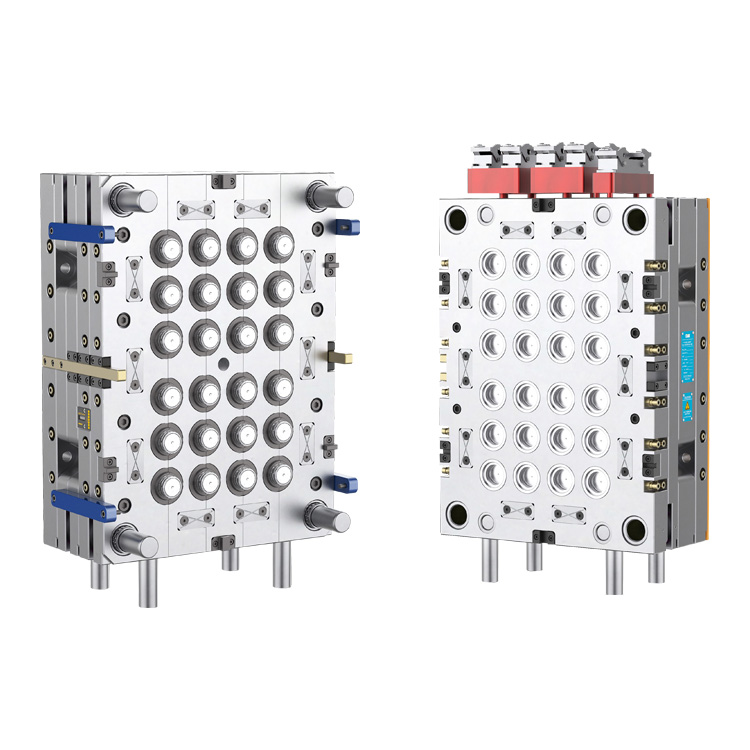Quality Precision: Ensuring Consistency in the Production of High-Quality Caps
2024-01-17
Introduction:
In the dynamic landscape of injection molding, achieving consistent and high-quality caps demands a robust system of quality control measures throughout the production process. From material preparation to the final inspection, this blog explores the comprehensive strategies and technologies implemented to uphold stringent quality standards in the manufacturing of 38mm caps using a 24-cavity mold.
1. Material Inspection and Selection:
The quality control journey begins with material inspection. Rigorous checks are conducted to ensure that the raw materials meet specified standards for composition, purity, and quality. Only materials that pass these inspections are selected for the molding process.
2. Real-Time Monitoring with Sensors:
Throughout the injection molding process, sensors are strategically placed to provide real-time data on key parameters such as temperature, pressure, and cycle times. This continuous monitoring allows for immediate detection of deviations and enables prompt adjustments to maintain quality.
3. Precision Injection Control:
Modern injection molding machines are equipped with advanced control systems that precisely regulate the injection process. Parameters such as injection speed, pressure, and volume are meticulously controlled to ensure consistent filling of all 24 cavities, minimizing variations in cap dimensions.
4. Quality Checks in Melt Flow:
Ensuring uniform melt flow is critical for consistent cap quality. Quality control measures are implemented to monitor and adjust melt flow rates, preventing issues like short shots or overfilling. This attention to detail contributes to the uniformity of the molded caps.
5. Automated Inspection Systems:
Automated inspection systems, including vision systems and cameras, are integrated into the production line. These systems conduct visual inspections of each cap, identifying imperfections, defects, or variations in color, ensuring that only high-quality caps move forward in the production process.
6. Dimensional Accuracy Checks:
Precision is paramount in the production of caps, and dimensional accuracy checks are conducted regularly. Coordinate measuring machines (CMM) or laser scanners may be employed to verify that caps from each cavity conform to the specified dimensions, meeting the required tolerances.
7. Gate Vestige Control:
Managing gate vestige, the small remnant of material left at the gate location, is part of quality control. The design and monitoring of the gate system aim to minimize vestige size and placement, ensuring it does not compromise the functionality or aesthetics of the final caps.
8. Pressure and Temperature Control:
Strict control over pressure and temperature during the cooling phase is vital for preventing defects like warping or shrinkage. Advanced cooling systems and control mechanisms maintain optimal conditions, contributing to the consistent quality of the caps.
9. Random Sampling for Testing:
Periodic sampling is conducted for in-depth testing and analysis. This involves randomly selecting caps from different cavities for thorough examination, including mechanical property testing, color consistency checks, and additional quality assessments to validate overall production consistency.
10. Defect Sorting Systems:
Automated defect sorting systems are employed to segregate caps with imperfections or deviations. These systems use advanced algorithms and machine learning to identify and divert caps that do not meet quality standards, ensuring that only flawless products move forward for packaging.
Conclusion:
The production of high-quality caps in a 24-cavity mold involves a multifaceted approach to quality control. From material inspection and injection precision to automated inspection systems and defect sorting technologies, every step is meticulously planned to ensure that each cap meets the required standards. As technology advances, the injection molding industry continues to refine and innovate its quality control measures, paving the way for consistent excellence in cap manufacturing.



